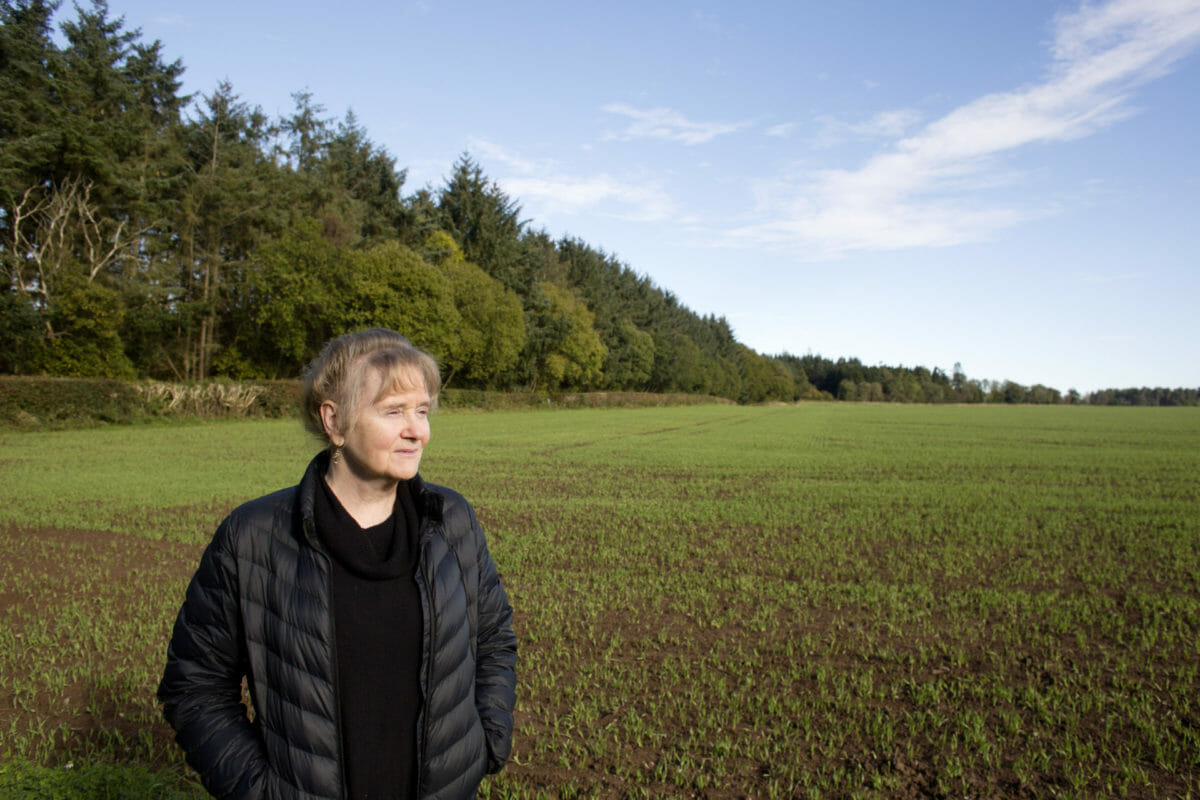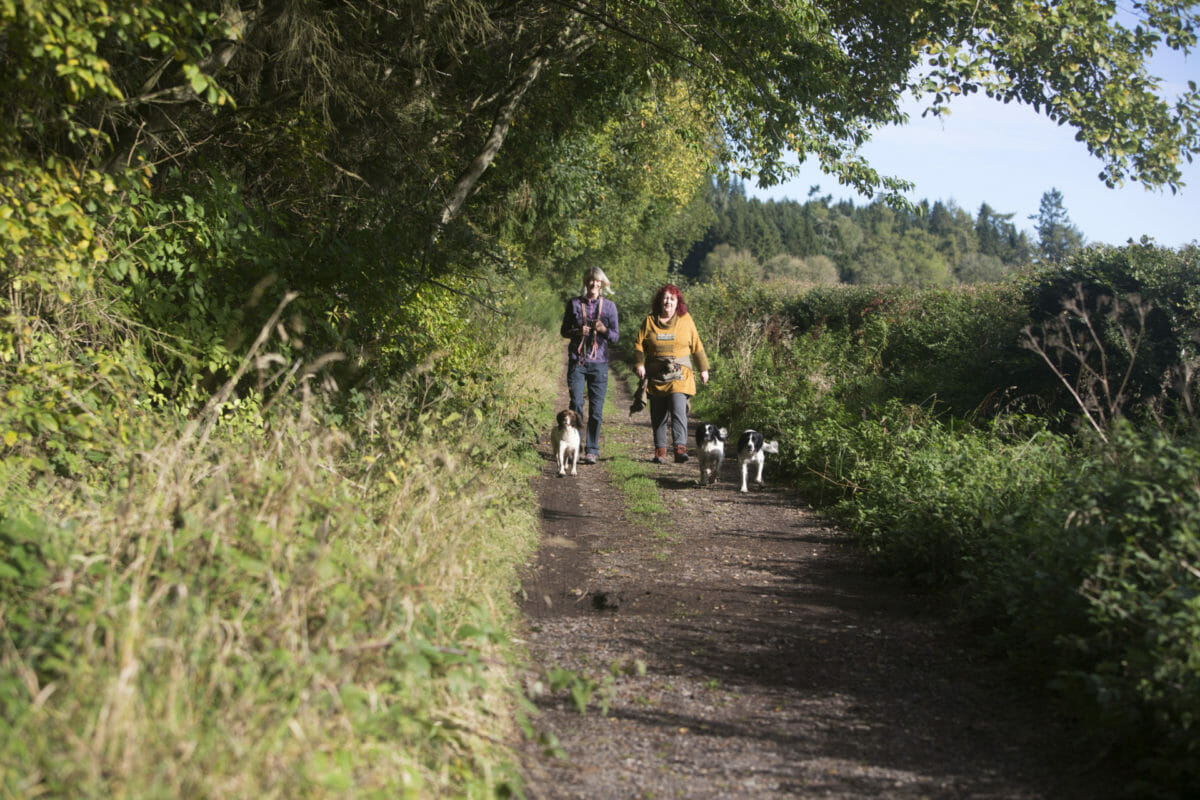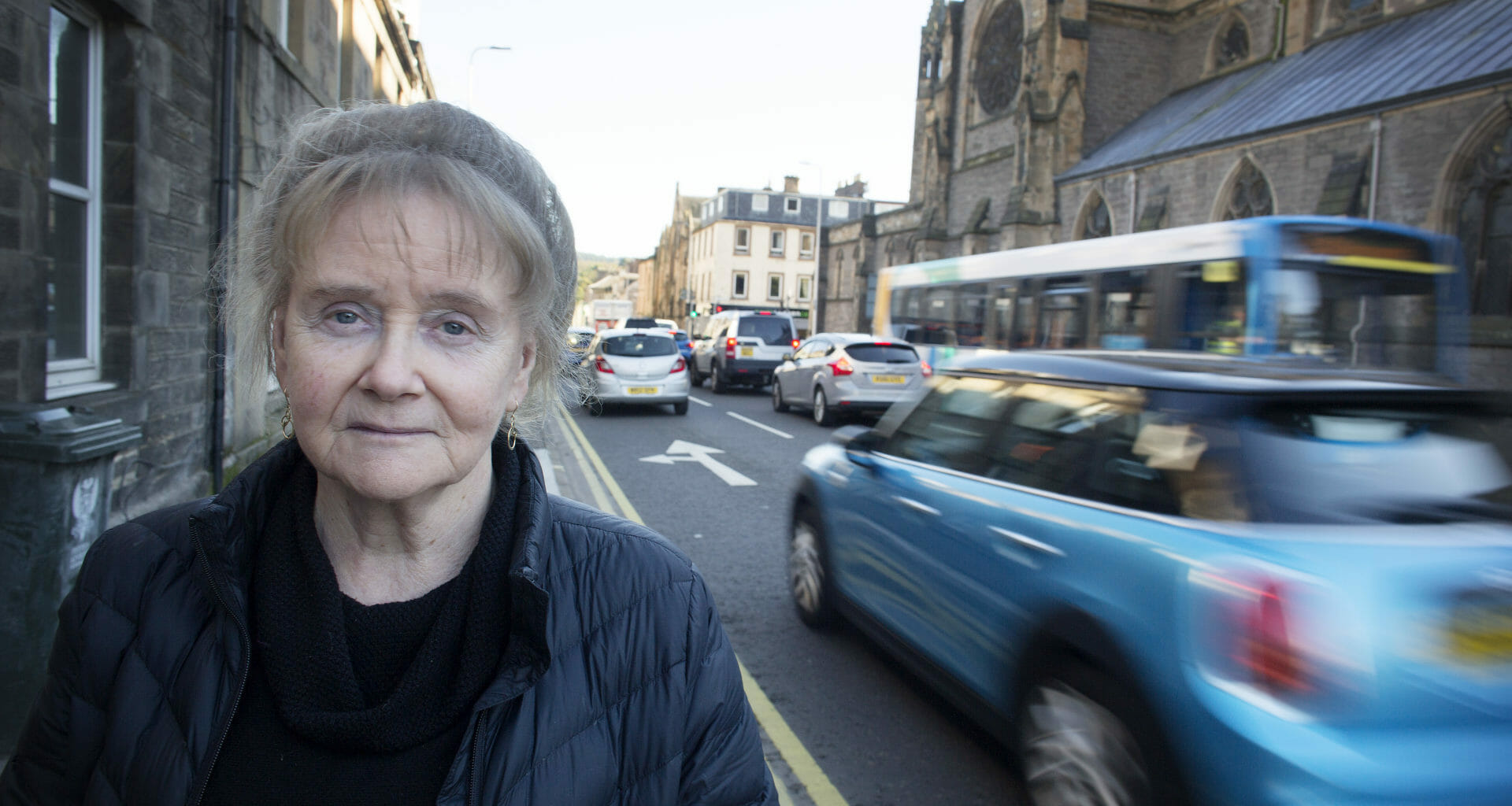The traffic is at a standstill on Atholl Street in the centre of Perth, cars, trucks and buses running their engines as they wait for the lights to change.
For years this city street – with its mixture of shops, cafes and homes – has been amongst Scotland’s most polluted due to levels of particulate matter (PM10). Nitrogen dioxide readings are as high as many on the streets of Scotland’s biggest cities. Exposure to high levels of both pollutants has been linked to increased risk of health conditions like asthma, strokes and even dementia.
Living in a tardis-like house by the lights – their front door opening straight on to the pavement – are Marion and Jim McLaughlin. They bought it four years ago to retire in. Neither drive now, and the city centre location means they can easily walk to the shops, the post office and the doctor.
Inside, behind the double glazing, it’s peaceful and well-organised. “We love our house,” says Marion. But she also worries about the black dust she has to clean from window ledges and skirtings every other day.
Her brother is full of dire warnings about the fumes. “He calls it the cancer street,” she says. Jim got prostate cancer after they moved. “And I’m sure that’s nothing to do with the air pollution,” Marion adds. But she keeps peace lillies in every room, hoping they’ll purify the air.
Jim thinks residents here should be kept informed: “I would like to know what the levels are, he says. “I think we should be told.”

The information is available publicly – but not readily. Reports provided to the Ferret by Friends of the Earth Scotland using official data from the street’s air monitoring station show a dramatic reduction in both nitrogen dioxide and particulate matter March-September 2020, during lockdown, when compared with the previous years.
But this year’s provisional data from March-September shows particulate matter 10 (PM10) is a third higher than it was in 2019 and now just below legal limits. Nitrogen dioxide levels are still lower than they were pre-pandemic but have risen by 40 per cent since the same period in 2020.
Jill Belch, a professor in vascular medicine at Dundee University researching air pollution, does not believe these readings tell the whole story either.
Scotland has less than 100 air quality monitoring stations, but local authorities also measure levels through a network of diffusion tubes. Perth and Kinross’s annual data, which gives a monthly breakdown, suggest nitrogen dioxide levels in Atholl Street and other parts of the city centre – once in regular and sometimes significant breach of legal limits – are falling.
But analysis of the most recent monthly diffusion tube averages (2019) shows monthly averages regularly spike. Annual averages, meanwhile, have been adjusted down by as much as nine microgrammes per cubic metre by the council (almost a quarter of the legal limit on nitrogen dioxide) bringing them more in line with the monitoring station data, and crucially, below legal limits. “I think there are questions about why it is being adjusted to such an extent,” Belch says.

With Dundee University’s Tayside Pollution research programme she’s been examining 17 years worth of this data. Its study, published this September, looked at hospital admissions in Perth and Dundee on days of high and low air pollution from 2000 and 2017. It found admissions were almost two thirds higher in Dundee – and more than 50 per cent greater in Perth – on days of high pollution.
“So the stakes are very high,” says Belch, who believes the council must look again at introducing a low emission zone.
Some other local health professionals agree. Down the road from the McLaughlins’ house Dr Jane Boyden works as a GP locum. “My consulting room window opens out towards Atholl Street,” she says.
“With the recent Covid-19 pandemic, we as clinicians are asked to have our consulting room windows open at all times. However the air outside my surgery window is, I realised, far from fresh.”
Perth and Kinross Council has a plan – a new route in the form of the Cross Tay Link Road (CTLR) – which, it says will reduce city centre traffic. It will also run through a new housing development in the village of Scone. “And that brings serious health concerns for those residents,” adds Professor Belch, who is also a member of Scone and District community council.

She lives about a five minute walk from the field where this 1000-home development is to be built. Here the only sound is birdsong. Spruce and beech trees line the path, elder and blackberries grow in the hedgerow. Soon traffic will be zooming past a few hundred yards away.
The developer suggests the proximity of Belch’s home to the development means she is not neutral, which she disputes. “I’m four roads away so it will not affect me,” she says. “But it will affect those living by this road.” Following objections from all but three of 250 local residents, and an independent environment impact assessment, the community council came up with an alternative route which skirted the development altogether. It was not approved.
The NHS has also raised concern. In response to a planning consultation, Dr Drew Walker, then director of public health for NHS Tayside, wrote in his official capacity about his concerns “about the negative health impacts of exposure to poorer air quality for those living and working next to and close” to the proposed road.
Councillors approved the proposals officially last October despite 50 written objections. Developer AJ Stephens and Perth and Kinross Council point out that NHS Tayside did not officially object.
A spokesperson for A&J Stephen Ltd said the decision over the location of the CTLR was made by councillors “following an in-depth evaluation of all environmental considerations”.
It claims it is “providing homes for the growing population” which will lead to more local services, including a neighbourhood centre and supermarket, and so reduce traffic to Perth.
Perth and Kinross council also insist the CTLR will “significantly reduce traffic and pollution”, allowing drivers to avoid the city centre. Quieter city streets will in turn encourage walking and cycling, it claims.
But Belch points to research that shows more roads lead to more traffic and remains frustrated at what she considers the council’s short sightedness. “It’s quite simply scandalous,” she says.
Meanwhile the lights turn green on Atholl Street. The cars rev their engines and the traffic starts to flow once more.
Photo Credit: Angela Catlin
How Green is Scotland? is a week-long series for The Herald by The Ferret, an award-winning investigative journalism platform in Scotland. It is an editorially independent, not for profit co-operative run by its journalists and members.
You can join for £3 a month.














